Making great corporate videos or video marketing assets can be a challenge. But getting your script right before you shoot goes a long way to helping produce the best video for your brand or organisation. Here are a few tips.
If you’re producing a film for your business or organization then developing some sort of script will probably be a key part of the process. You may need a full on shot by shot scripted breakdown of the film, a simple voiceover script or a script for the people appearing in your film. Scripting can be a daunting task and when initially faced with that blank page, so having a basic structure in place for writing your script will give you some useful support in getting the script to first draft stage.
Finding Your Message
Before you start a script for a promotional or corporate video we suggest bullet pointing a few things and asking some important questions. You’ll probably have a list of objectives and messages that you need to convey in the film but it’s quite useful to prioritise these and above all DO NOT TRY TO SAY TOO MUCH!!!
Keeping your message simple will also keep it audible is is key to making great corporate videos. In other words the viewer will absorb more information when you deliver short simple messages than they will when you bombard them with facts.
Set the Tone
At this stage of the script ask your self this question:
“What’s the first thing I want the viewer to think/say when they’ve watched the video?”
The answer to this question should dictate the direction and feel on the entire script. Next ask yourself the following question:
“How does your company speak to its customers?”
This will help you establish tone and style. Every company has a way a speaking that’s unique and individual to them. They will have a vocabulary that uses words that tell us not just about their product and service but also about their beliefs and values. It’s important that you tap into this vocabulary when developing a script to ensure that the film feels part of the companies overall comms output and reflects their personality. A good idea is to review as much existing output as possible such as website and printed materials, then note down key words/phrases that crop up often within the text.
Once you’ve established the tone and style you’ll need to deal with the elements you want to convey. All great corporate videos will start life as a list of points, facts or messages that are part of the brief. Firstly we’d suggest prioritising these elements and don’t be afraid to discuss dropping a few if you feel at this stage that the final film could be overlong or too dense.
Warm It Up
The nature of briefs also means that at this stage these key points may simple be a bullet point list and not something that instantly jumps into a spoken script. One of the biggest mistakes at this point is to assume that copy developed for a brochure or website will read well when spoken aloud. More often than not if you read aloud the text from any website or brochure it will feel cold and lifeless. What works well in print doesn’t always translate into natural flowing spoken dialogue.
So a good tip here is to bring each point of the brief into the real world and add some warmth and context. For example, if the product you are working on is a car one it’s features could be:
“a Hi Tech comfort designed steering wheel”
But simply stating that will often result in a big fat “so what” from the viewer.
Adding some warmth and context to each point as you go will help you develop a script that works much harder. For example:
“Cornering is effortless and driving comfortable due to the Hi Tech comfort designed steering wheel”.
This is old news to most marketing professionals but its easy to lose sight of these basics when developing scripts so warming up your initial bullet points before you start the draft is very useful.
Once the key points have all been warmed up a little it becomes easy to start to join them up into a draft script. Be careful at this stage not to get too repetitive and constantly read aloud the script to check the work as you go.
Time Can Tell
Once you feel that you have the bare bones of the first draft we then suggest something quite radical (and this may only be possible if your deadline and schedule allows). So here’s probably the most important tip for any script development.
When you’ve finished the first draft do the following:
Save.
Close the document.
Don’t open it again for at least 3 days.
As mentioned this may seem a little odd and will only work if your timescales allow but I guarantee that you will end up with a better script because of it. Putting some distance between you and the first draft is essential. It will allow you to re-read the draft with fresh eyes and there will be a strong chance that when you do, you’ll find something that clearly doesn’t work or sounds wrong. When developing a script it’s easy to become snow blind as there’s usually a lot to consider. Reading over a draft straight after writing makes it hard to be objective about it and spot the weak areas.
At all stages of the script development read it aloud as much as possible (ideally using a stopwatch). As mentioned what’s written doesn’t always flow when spoken so be aware of this throughout the process.
Finally don’t get too attached to each draft. Remember the first draft is exactly that, a first draft. Most first drafts are nowhere near the finished article so don’t expect to ace it off the bat and produce further drafts until you’re happy with the result. When it’s ready to go you’ll know as soon as you read it aloud as hopefully it will flow and feel natural.
Hopefully these tips will help you get your script off the blocks and on its way to help you produce great corporate videos that are engaging and effective.
To find out more about us and our services, please click here.

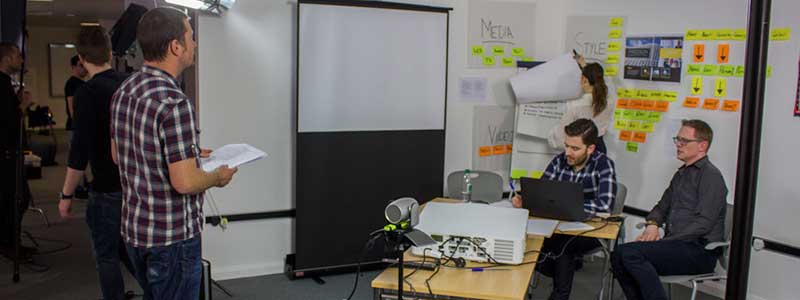








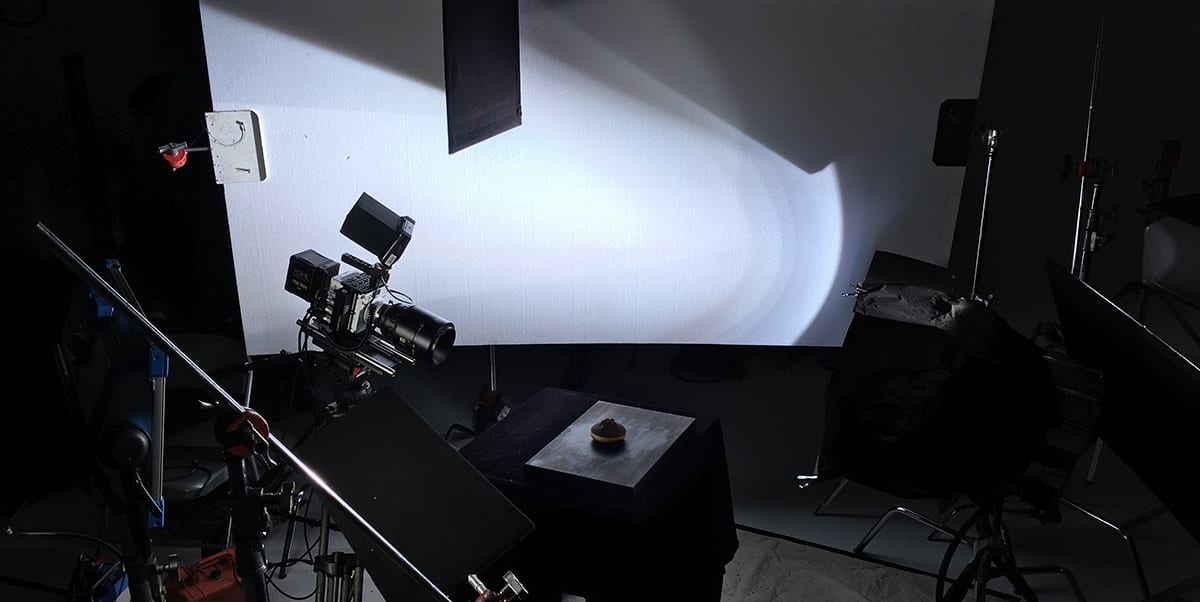









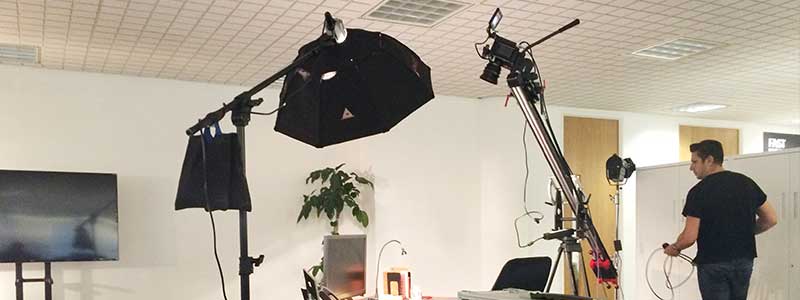
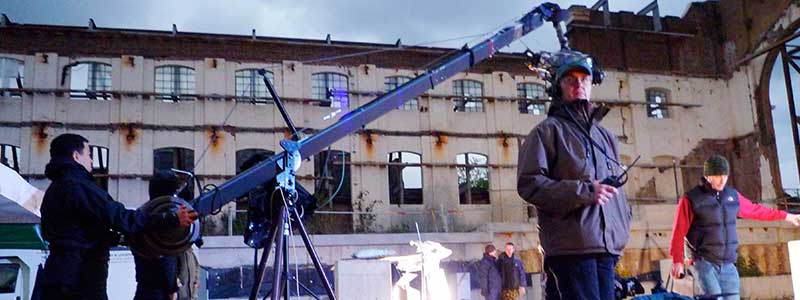





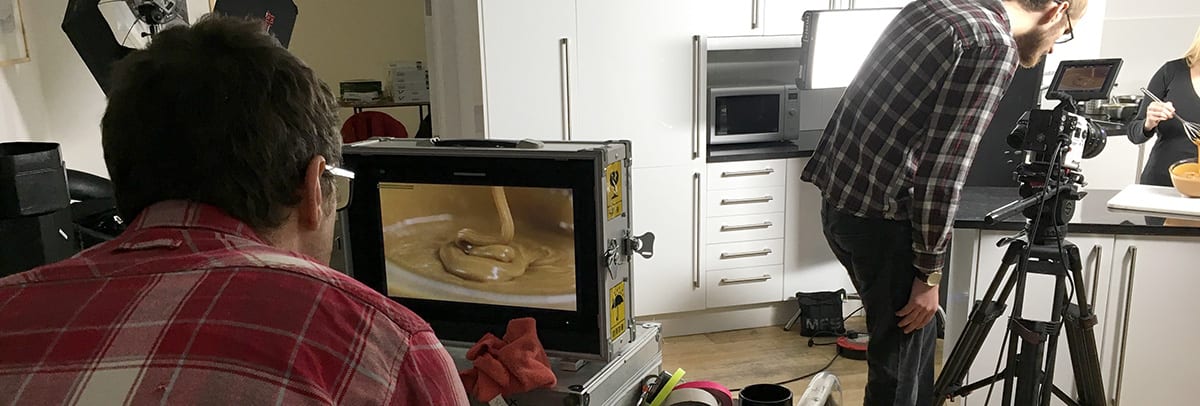

Recent Comments